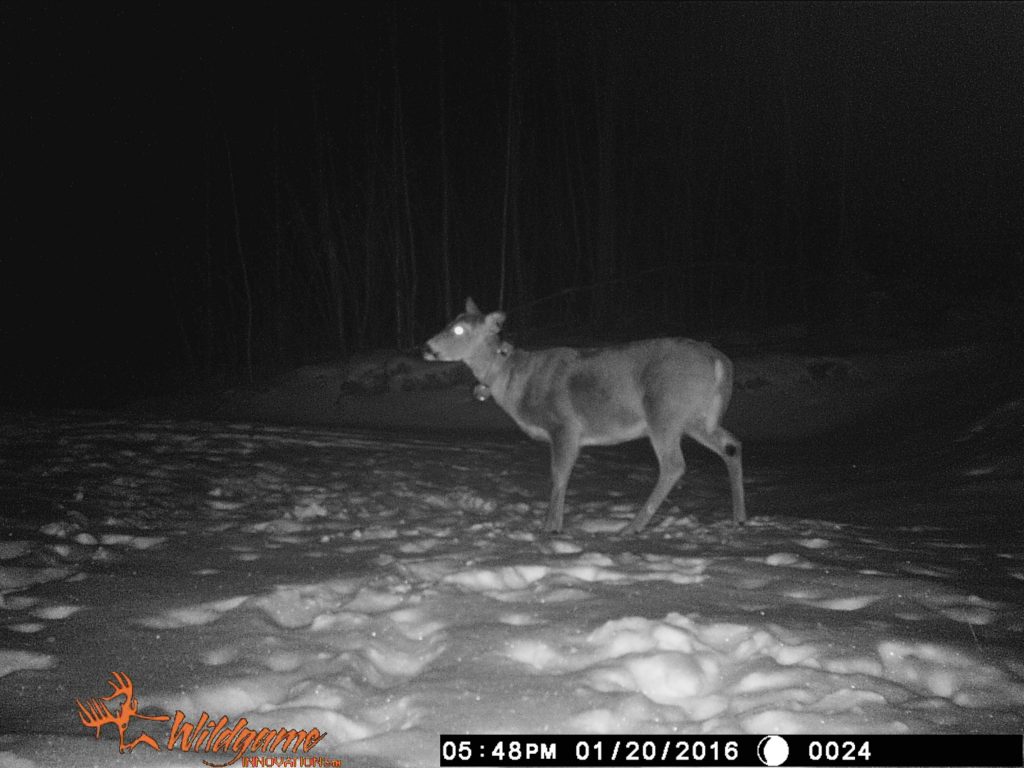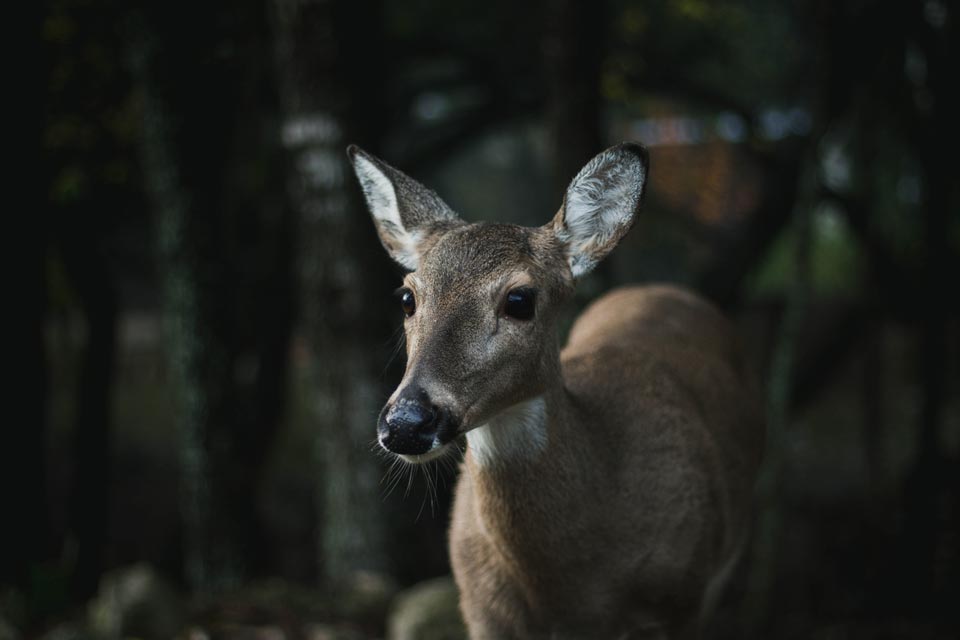The brain is an amazing thing.
It is its own “animal” really having the ability to learn, problem solve, retain information, and experience emotions.
We are what our brains “think” we are.
Because the brain is so complex, research to understand how it works will likely continue from now until the end of time. One aspect of the brain that leads to more questions than answers is memory recall and the association of positive or negative emotions.
I was under the impression that positive life events are retained and recalled more easily than negative life events.
Who wants to remember the bad stuff? Fading negative experiences are beneficial to our emotional well-being.
Indeed, there is research that bears this out. But there is also research that suggests that memories with a strong negative emotional component are more easily retrieved than those of the neutral variety or even those that are somewhat positive.
What in the world does this have to do with deer!?!?
Trap-happy and trap-shy – terms that are used to describe captured animals. They are also technical terms in the wildlife profession that mean exactly what you’d expect.
Trap-happy animals are captured multiple times seemingly immune to the “traumatic” experience of capture and handling. Trap-shy individuals are permanently “scarred” by the capture experience never to set foot in a trap again.
Captured deer are not harmed by the capture or tagging process. That would defeat the whole purpose of capture and tagging. Our goal is to capture and tag as many animals as possible, so we are not concerned with trap-shy individuals. We only need to capture them once. After that, we’d prefer they go about their business.
But what of this trap-happy/trap-shy thing? Are we affecting their emotional well-being?
One could argue that trap-happy animals follow the ‘good memories stick/bad memories fade’ philosophy. It is known in the psychology world as fading affect bias. The function is thought to aid individuals in taking action so to better master life challenges. These are the glass-half-full animals.
Trap-shy, on the other hand, may be those that are impacted negative experiences. There is an evolutionary basis for this. Those more in tune with their bad experiences (and therefore potential negative outcomes) may be more likely to survive. These are the glass-half-empty animals.
We usually don’t dwell much on the glass-half-empty deer. They come and go without much fanfare. However, the glass-half-full deer – they can be rather memorable. Like Buck 8835. He just can’t seem to get enough of us.

He was first captured on January 22, 2015. Then again on January 25th. And AGAIN on January 29th! He apparently really liked last year’s trapping crew.
A new year, a new trapping season, a new crew… the same old Buck 8835. I guess he forgot what a Clover trap looks like because he ended up in it again on January 26, 2016. Then again on February 9th. And AGAIN on February 18th!
Talk about fading affect bias! Short memory? I wonder if he has any memory at all!
This year, the same crew member (Doug) handled him all 3 times.
As Doug put it, “the first time we captured him, he acted as if he was never in a trap before.” Check out this encounter. [As you watch this video note how the crew communicate (if at all) in subdued voices. Because the deer is collared they only want to restrain it long enough to read the ear tags]
The second time, Buck 8835 struggled through the process. The third time, Doug noted that “he made us enter the trap just to go through the motions.” Watch.
Well, Buck 8835, it’s nice to have met you but really we all need to move on.
-Duane Diefenbach
We would like to acknowledge Doug Urmann’s filming and editing skills for the first-hand videos of tackling a deer in a Clover trap!
